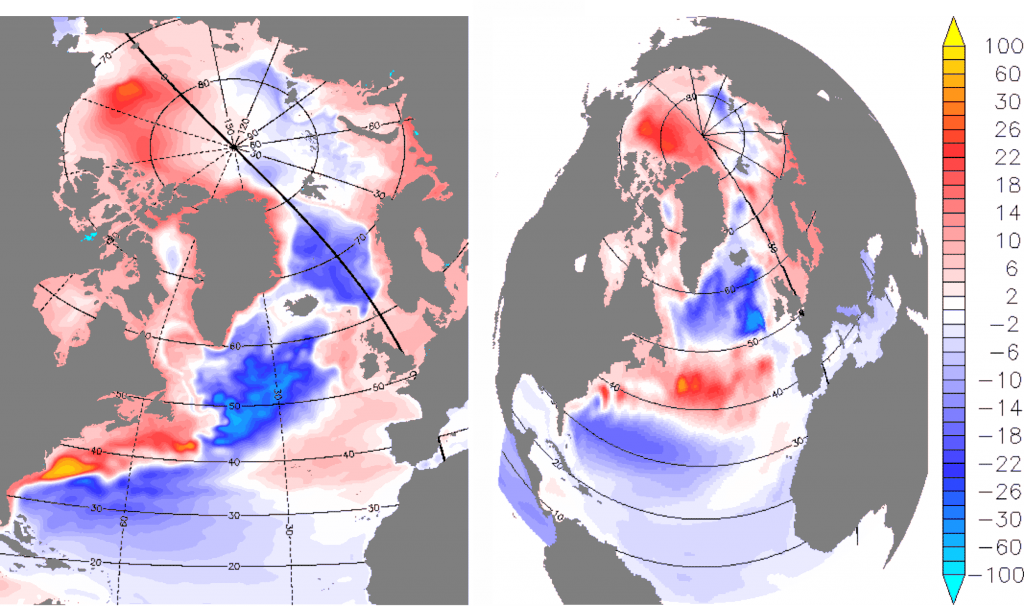This project investigates the relation between changes in the wind-driven and vertical circulation in the Atlantic and sea level variability based on numerical model simulations, as well as the impact of improved model resolution. Global projections of the future climate of the Coupled Model Intercomparison Project (CMIP) are based on climate models with relatively coarse resolution due to computational feasibility. This can result in significant errors, especially in regions of the western boundary currents of the Atlantic, but also in coastal areas of the East Atlantic. A significant part of the errors can be reduced by higher resolution. Regionalization is a method, in which coarsely resolved global climate models are used in combination with high resolution regional models to simulate the future climate and to investigate regional impacts of global climate change. Regionalization can therefore anticipate future developments in climate modeling with high-resolution models. In this project, regional high-resolution (0.1˚) simulations of the Atlantic Ocean circulation are used combined with the coarsely resolved (0.4°) global MPI-MR CMIP5 model to calculate projections for two different greenhouse gas concentration scenarios (RCP4.5 and RCP8.5 of the Intergovernmental Panel on Climate Change IPCC) over the period 1850-2100. The predictive capacity for sea-level changes is investigated based on Linear Inverse Models.
Scientific questions
- What are the differences caused by the improvement of the resolution in simulations of the Atlantic?
- Where do improvements in resolution contribute significantly to the improvement of the simulated state?
- What is the variability of the Atlantic circulation and its causes, and to what extent do circulation fluctuations contain predictable elements?
Methods
- Analysis of the high-resolution simulations of the Atlantic over the period 1850 – 2100 using Linear Inverse Models (LIM)
- Extraction of predictable elements of the Atlantic circulation by LIM analysis
- Investigation of various atmospheric indices (air pressure patterns, which influence the weather in Europe), such as the North Atlantic Oscillation (NAO), the East Atlantic Pattern (EA) or the Scandinavian Pattern (SCA), to recognize relations of the Atlantic circulation fluctuations with atmospheric variability and its long-term changes

PIs
Detlef Stammer, Institute of Oceanography, University of Hamburg
Armin Köhl, Institute of Oceanography, University of Hamburg
Team
Mark Carson, Institute of Oceanography, University of Hamburg
